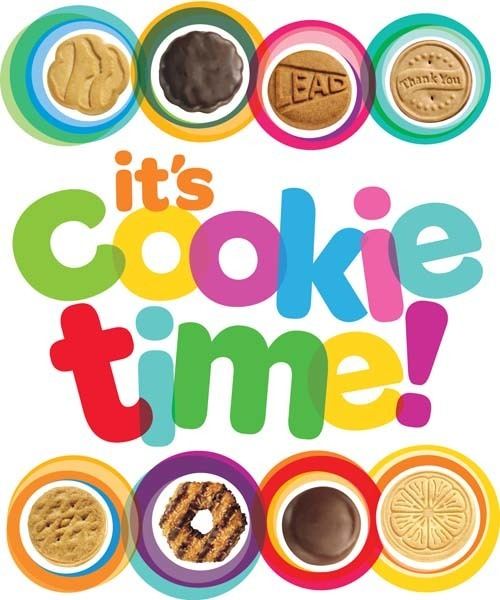 | ||
strain review girl scout cookies forum cut
Girl Scout Cookies are cookies sold by Girl Scouts of the USA (GSUSA) as one of its major fundraisers for local Scout units. Members of the GSUSA have been selling cookies since 1917 to raise funds. Girls who participate can earn prizes for their efforts. There are also troop incentives if the troop as a whole does well. As of 2007, sales were estimated at about 200 million boxes per year.
Contents
- strain review girl scout cookies forum cut
- Tasting girl scout cookies
- History
- Sales
- Profits
- Production
- Varieties
- Discontinued
- Nutrition
- Palm oil
- References
Tasting girl scout cookies
History
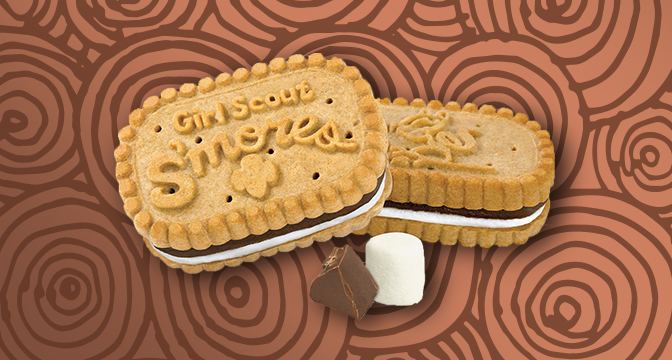
The first cookie sales by an individual Scout unit was by the Mistletoe Troop in Muskogee, Oklahoma, in December 1917 at their local high school. In 1922, the Girl Scout magazine The American Girl suggested cookie sales as a fundraiser and provided a simple cookie recipe from a regional director for the Girl Scouts of Chicago.
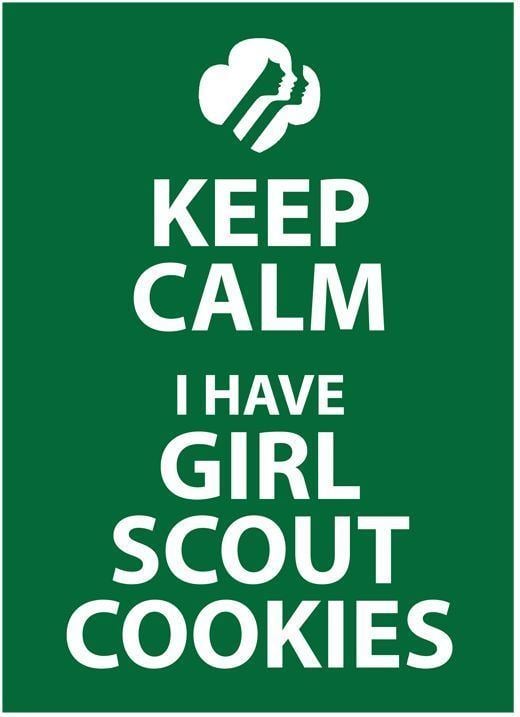
From 1933 to 1935, organized cookie sales grew, with Troops in Philadelphia and New York City using the cookie selling model to develop the marketing and sales skills of their local troops. In 1933, Girl Scouts in Philadelphia organized the first official sale, selling homemade cookies at the windows of local utility companies.
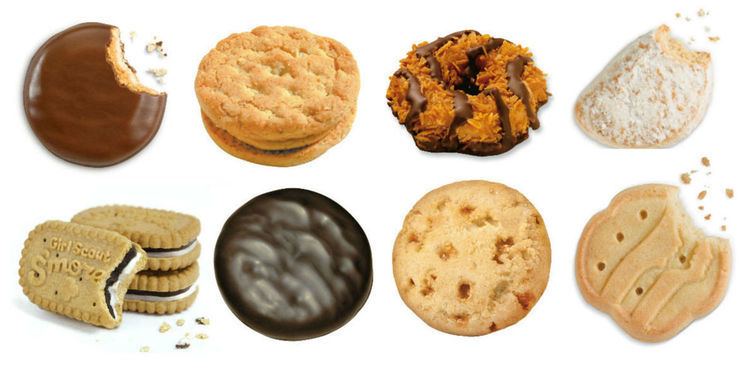
In 1936 the national organization began licensing commercial bakers to produce cookies, in order to increase availability and reduce lag time, including Keebler-Weyl Bakery, Southern Biscuit Company and Burry Biscuit (both later acquired by the Interbake Foods division of George Weston Limited). 125 troops launched cookie sales that first year.
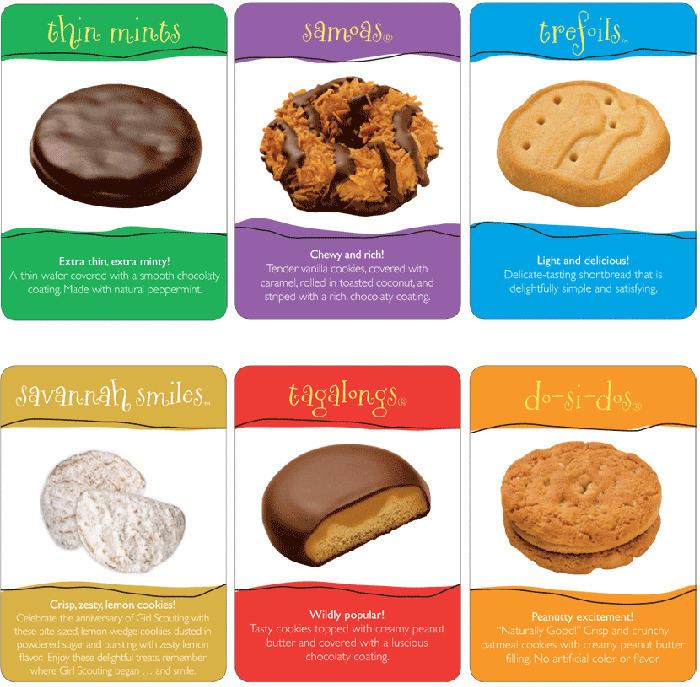
During World War II the Girl Scouts sold calendars in addition to cookies, because of shortages of flour, sugar, and butter. In 1943 there were 48 cookies per box. By 1943 Girl Scouts also collected fat in cans to aid the war effort and sold War Bonds at no profit.
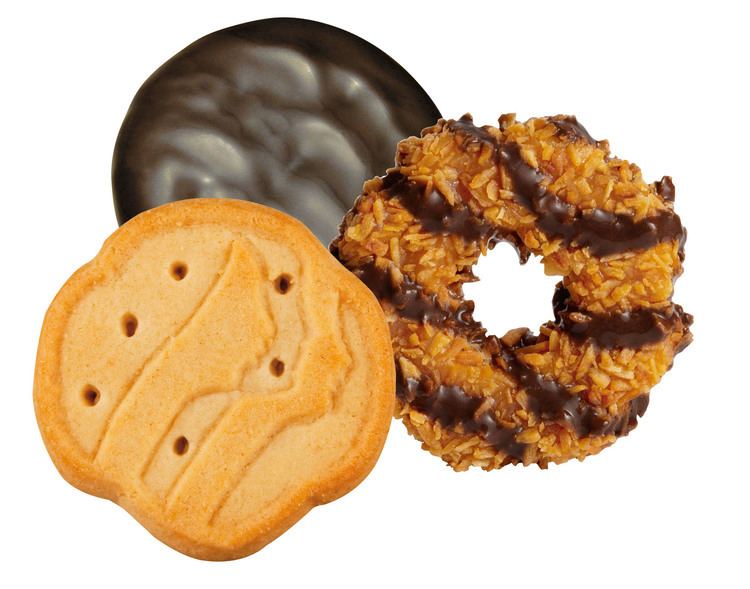
In the 1950s, three more cookie recipes were added: "Shortbreads"/"Scot-Teas", "Savannahs" (today called "Peanut Butter Sandwich"), and "Thin Mints". Six types of cookies were being sold nationwide by 1956. Greater cookie sales occurred due to the Baby Boom generation entering Girl Scout in the 1960s. The ‘Samoa’ was added in 1975. In 1978, the National Council reduced the number of bakeries providing cookies to four and standardized the packaging and pricing of the cookies.
In the 1990s, the National Council limited the bakeries providing cookies to just ABC Bakers (a division of Interbake Foods) and Little Brownie Bakers (a division of the Keebler Company). In 1998, cookie sale awards were instituted.
In 2005, the Girl Scouts moved to eliminate trans fat from their cookies to be healthier, and started providing nutritional information on the cookie box. In 2009 the number of Thin Mints, Do-si-dos, and Tagalongs in each box was reduced and Lemon Chalet Cremes became smaller because of the increasing costs of ingredients and transportation.
In January 2015, Girl Scouts began to offer the ability to purchase their cookies with credit or debit cards via an online portal and a "Digital Cookie" app. The purchasing app can only be used by Girl Scouts themselves with parents of girl scouts only able to share a link to the purchasing page.
Sales
Each Girl Scout regional council decides which licensed baking company to use for cookie sales in that council, thus determining which varieties are available in the area covered by the council.
Girl Scouts sell cookies to relatives, friends, neighbors, and others in their town or city. In recent years, because of safety concerns, an increased emphasis has been placed on cookie booths, where girls sell from tables in public areas under the supervision of adult troop leaders, rather than door-to-door. Many councils offer the option for customers to sponsor boxes of cookies to be sent to U.S. servicemen and women. Cookies are also available online.
As an incentive to sell, Girl Scouts are offered recognitions, such as stuffed animals, trinkets, coupons, credits toward Girl Scout camp, activities, or uniforms. These recognitions vary from Girl Scout council to council. The recognitions are usually cumulative, so that a girl who earns the recognition for selling 50 boxes of cookies will also get the 25- and 20-box items. In some councils, girls may choose to earn more money for their troop instead of recognitions if they are working toward a troop goal such as a trip or other expensive activity. This type of fund raising is intended to teach Girl Scouts valuable skills in planning, teamwork, finance, organization, communication, and goal setting.
Also, award badges exist for sales: Cookie Count, Smart Cookie, The Cookie Connection, Cookie Biz, and Cookies & Dough.
Traditionally each regional Girl Scout council set the prices for cookies sold in that council. A 2006 article in the Boston Globe noted that price "is hardly ever a factor, until buyers find out that the same box of cookies is selling for less in the next town over." The Globe found that a box of Thin Mints sold for $3.50 in Rockland, Massachusetts and $4.00 in neighboring Norwell.
Elizabeth Brinton, also known as the "Cookie Queen", sold a record 18,000 boxes of cookies in a single sales season, and more than 100,000 boxes in her time as a girl scout. She is known for selling cookies to sitting president Ronald Reagan. Her record held for more than twenty-nine years, until Katie Francis, 12, sold 18,107 boxes in 2014. As of 2017, Charlotte McCourt, a girl from New Jersey sold over 25,000 boxes of cookies, which broke the record. In February 2017, Charlotte Poole of Oregon again broke the record with 28,067 boxes sold thanks to ties to many local businesses.
Profits
Each Girl Scout council operates its own cookie sale. Approximately 70% of the proceeds stay in the local Girl Scout council to support Girl Scouting in that area, including a portion, approximately 15%, that goes directly to the group selling the cookies. The profits are divided by a formula, with local troops receiving about 10-15% of the retail price, the council more than 50%, and the manufacturer the remainder. In 1992 Girl Scouts sold 175 million boxes of cookies nationwide.
Revenues at all levels are used to pay for events and activities for the Girl Scouts, maintenance of the councils' Girl Scout camps and other properties, cookie sale incentives, and Council administrative costs.
Production
Girl Scout cookies are made by large national commercial bakeries under license from Girl Scouts of the USA. The bakers licensed by the organization may change from year to year, though this is not common. In 2008 the licensed companies were Little Brownie Bakers (LBB), a subsidiary of Keebler, which is owned by Kellogg's; and ABC Bakers, a subsidiary of Interbake Foods, which is owned by George Weston Limited.
Varieties
Up to 28 varieties of Girl Scout cookies are offered. The same cookies may be sold under different names by different bakeries, with the choice of bakery determining the name. There has been no move to standardize names. The merger of many councils (from 312 to 109) following the August 2006 reorganization resulted in many councils changing bakeries, thus causing some confusion at that time.
The national Girl Scout organization reviews and approves all varieties proposed by the baking companies, but requires only three types: Thin Mints, Peanut Butter Sandwiches (ABC)/Do-Si-Dos (LBB) and Shortbreads (ABC)/Trefoils (LBB). The other kinds can be changed every year, though several popular favorites, such as Caramel DeLites (ABC)/Samoas (LBB) and Peanut Butter Patties (ABC)/Tagalongs (LBB), are consistently available.
Girl Scout cookie varieties include:
Discontinued
Nutrition
Federal guidelines issued in early 2005 called for people to minimize their consumption of trans fat. Concerned parents urged the Girl Scouts to address this and other health concerns about the cookies, suggesting that the cookie program was at odds with the Girl Scouts' healthy living initiative. The Girl Scout organization replied that the cookies were a treat which "shouldn't be a big part of somebody's diet," and said that they are "encouraging" the companies that bake the cookies to find alternative oils.
In 2007, following reformulation of the recipes for a number of varieties, Girl Scouts of the USA announced that all their cookies had less than 0.5 grams of trans fat per serving, allowing them to meet the Food and Drug Administration (FDA) requirements for "zero trans fat" labeling.
High-fructose corn syrup (HFCS) is used in some cookies. The bakers claim that it is a necessary ingredient in ensuring the quality of the cookie.
Palm oil
In September 2011, GSUSA released a new policy on palm oil in Girl Scout cookies to take effect from the 2012-13 cookie season. Amongst the pledges made, the GSUSA announced it will purchase GreenPalm certificates to support the sustainable production of palm oil. The certificates offer a premium price to palm oil producers who are operating within the guidelines for social and environmental responsibility set by the Roundtable on Sustainable Palm Oil.
The 2011 policy was formed in response to a prolonged campaign by two Girl Scouts, Madison Vorva and Rhiannon Tomtishen. In 2007, as 11-year-olds, Vorva and Tomtishen earned their Girl Scout Bronze Award by raising awareness about the endangered orangutan and their rapid diminishing rainforest habitat in Indonesia and Malaysia. When they discovered that the Girl Scout Cookies contained palm oil, an ingredient that results in rainforest destruction and human rights abuses, the two girls launched a variety of campaigns in order to convince the GSUSA to remove this ingredient from their cookies. Vorva and Tomtishen were awarded the UN Forest Heroes Award in 2011.
